Custard apple—also known as Annona squamosa, sugar apple, or sweetsop—is a tropical fruit cherished for its sweet, creamy pulp and unique flavor. As demand for exotic and nutritious fruits grows worldwide, the custard apple is gaining prominence not just as a local delicacy but also as an emerging export commodity. This article explores the key aspects of global custard apple farming, major producing nations, emerging exporters, and international market trends.
What Is Custard Apple?
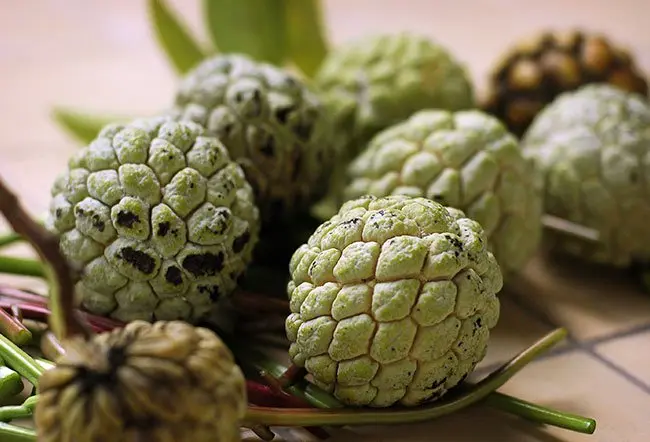
The custard apple belongs to the Annonaceae family and thrives in tropical and subtropical climates. It is typically small to medium-sized with green, knobby skin and soft white pulp that contains glossy black seeds. The fruit is high in vitamin C, potassium, magnesium, and dietary fiber, making it popular among health-conscious consumers. While often consumed fresh, it is also used in juices, desserts, smoothies, and traditional medicines.
Global Custard Apple Farming: A Growing Trend
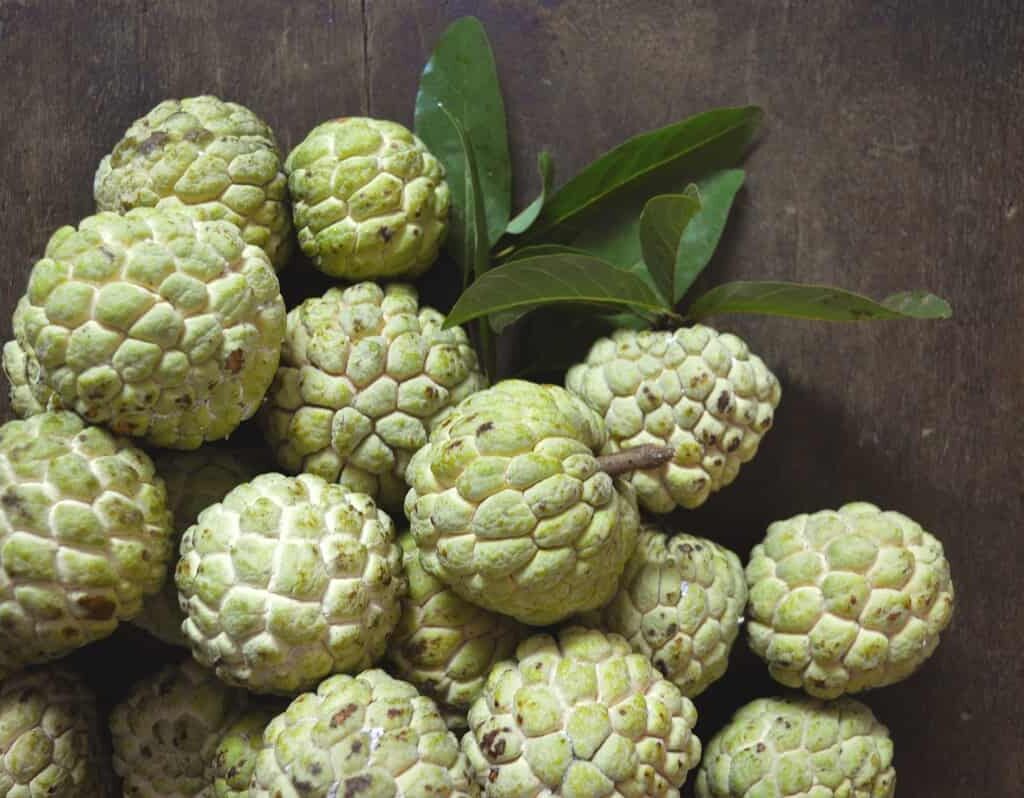
Custard apple farming is on the rise due to several factors:
- High Market Value – As a niche fruit, custard apples can command a premium price in local and international markets.
- Health Awareness – Consumers are increasingly drawn to antioxidant-rich, low-fat fruits like custard apples.
- Export Potential – Countries with favorable climates are exploring export opportunities to tap into foreign demand.
- Agro-Economic Support – Governments in countries like India and the Philippines are promoting custard apple cultivation through training and subsidies.
Top Custard Apple Producing Countries
1. India – Global Leader
India is the world’s largest producer of custard apples, particularly in the states of Maharashtra, Madhya Pradesh, Chhattisgarh, and Andhra Pradesh. The fruit is cultivated on small to medium farms, often in dryland areas where other crops may not thrive.
Key Points:
- Annual production: Over 400,000 metric tons.
- Major markets: Domestic consumption is high, but export potential is rising.
- Unique varieties: Sitaphal, Annona hybrid, and Red Sitaphal.
The Indian government is supporting custard apple farming under various horticulture missions, and there’s growing interest in developing value-added products like pulp, powder, and ice cream.
2. Philippines
The Philippines, with its tropical climate, is a significant custard apple grower, particularly in regions like Mindanao and Luzon. Locally known as “atis,” the fruit is sold fresh in wet markets and is increasingly cultivated in orchards and backyard gardens.
Key Points:
- Annual production: Estimated 20,000–30,000 metric tons.
- Domestic popularity is high.
- Export opportunities primarily to Asian countries and the Middle East.
3. Thailand
Thailand cultivates custard apples in its central and northern regions. While production volumes are modest compared to India, Thai farmers focus on high-quality fruit suitable for both local consumption and export.
Key Points:
- Known for large, sweet varieties.
- Custard apple is often sold in high-end fruit markets.
- Value-added products such as dried sweets and jams are becoming popular.
4. Brazil
Brazil represents custard apple production in the Western Hemisphere. The country grows a related fruit called “fruta-do-conde,” which belongs to the same Annona genus. Farming is centered in states like Minas Gerais and São Paulo.
Key Points:
- Grown for both local consumption and regional export.
- Increasing awareness of custard apple’s health benefits.
- Organic farming initiatives are gaining traction.
5. Vietnam
Vietnam is another custard apple-producing country, especially in its southern provinces. The fruit is popular in domestic markets and is exported to neighboring countries like China and Cambodia.
Key Points:
- Cultivation supported by favorable rainfall and soil.
- Farm-to-market supply chains are improving.
- Export volumes are rising due to bilateral trade agreements.
Global Export Trends
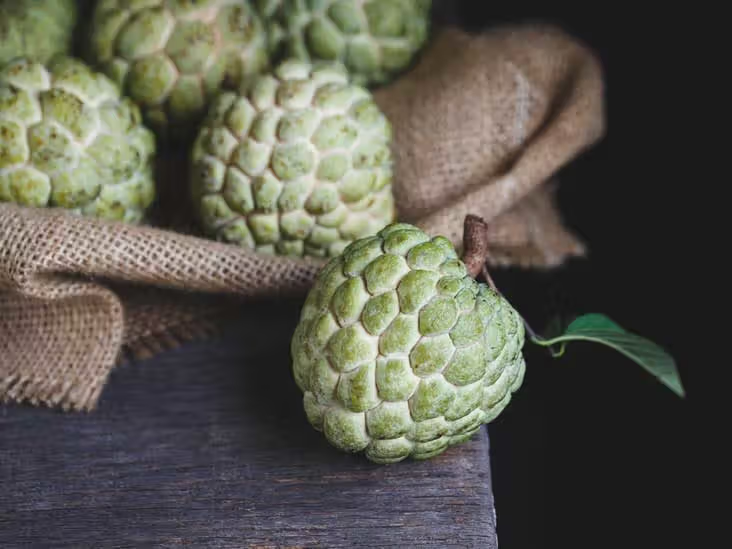
Although custard apple export volumes are currently smaller compared to mainstream fruits like mangoes or bananas, the segment is growing steadily due to rising demand for exotic fruits.
Leading Exporters:
- India: Exports primarily to the UAE, Saudi Arabia, Bangladesh, and Nepal.
- Thailand and Vietnam: Export to China, Japan, and South Korea.
- Brazil: Regional export to other South American countries and occasionally to Europe.
Export Challenges:
- Short Shelf Life – Custard apples ripen quickly and have a short post-harvest window.
- Fragile Skin – Easily damaged during transport.
- Lack of Cold Chain – Inadequate refrigerated logistics in many producing regions.
- Pest and Disease Control – Export-grade fruits must meet stringent quality standards.
Organic Custard Apple Farming
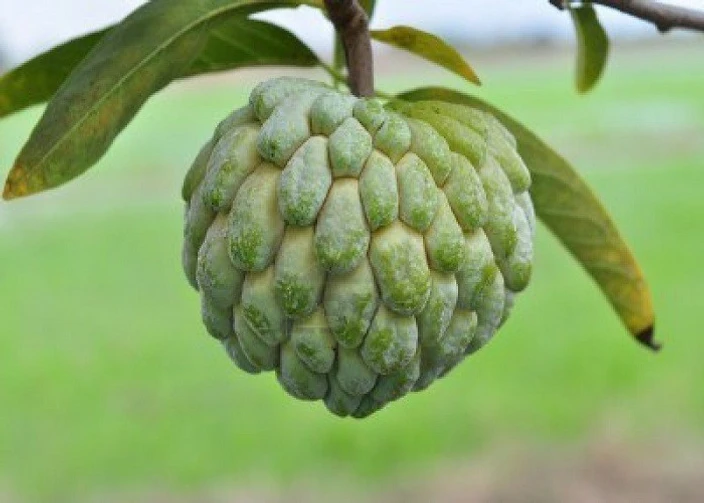
An emerging global trend is the shift toward organic custard apple production. As consumers look for chemical-free produce, countries like India, Brazil, and the Philippines are exploring sustainable cultivation practices.
Advantages:
- Higher price point in international markets.
- Safer for consumers and farmers.
- Long-term soil and environmental benefits.
Challenges:
- Certification costs.
- Lower initial yields.
- Greater pest management effort required.
Global Market Outlook
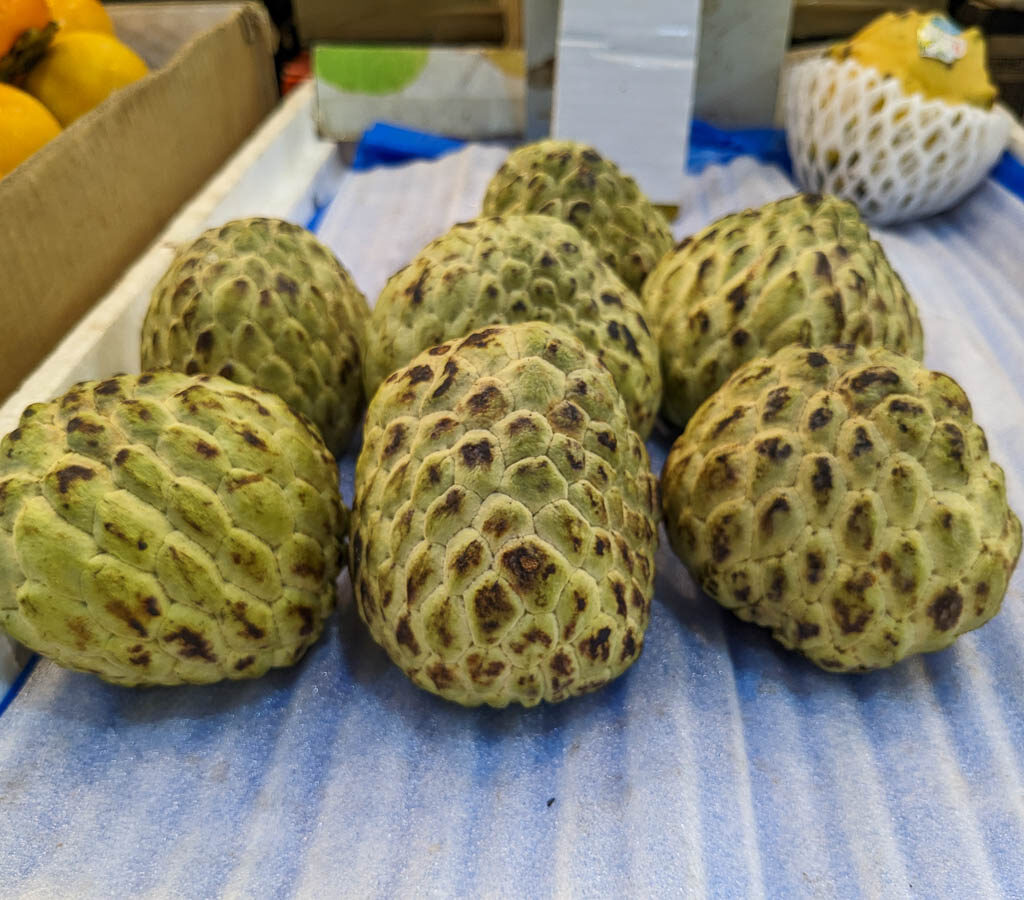
Rising Demand in:
- Middle East: Due to the presence of large South Asian communities and strong purchasing power.
- Europe: As interest in exotic, nutrient-rich fruits grows.
- North America: Specialty fruit markets and organic food chains are potential buyers.
Market Forecast:
According to various agricultural market reports, the global custard apple market is projected to grow at a compound annual growth rate (CAGR) of 4–5% over the next five years. Much of this growth will be driven by increased production in India, expansion of trade routes, and improved post-harvest technologies.
Key Innovations Driving Growth
- Cold Chain Infrastructure – Governments and private players are investing in refrigerated storage and transport.
- Hybrid Varieties – Development of larger, sweeter, and longer-lasting fruits.
- Online Marketing – Direct-to-consumer platforms allow farmers to bypass middlemen.
- Agro-processing Units – Manufacturing custard apple pulp, powder, and desserts extends shelf life and adds value.
Final Thoughts
The global custard apple industry is at an exciting juncture. What was once a backyard or regional fruit is now entering international markets as a premium product. With India leading in both production and innovation, and countries like the Philippines, Thailand, Brazil, and Vietnam contributing steadily, the world is witnessing the rise of custard apple as a commercially viable fruit.
From fresh exports to value-added products and organic offerings, custard apple farming is rapidly evolving. By addressing post-harvest issues, improving logistics, and meeting international quality standards, producing nations can transform this sweet, creamy fruit into a globally recognized brand.
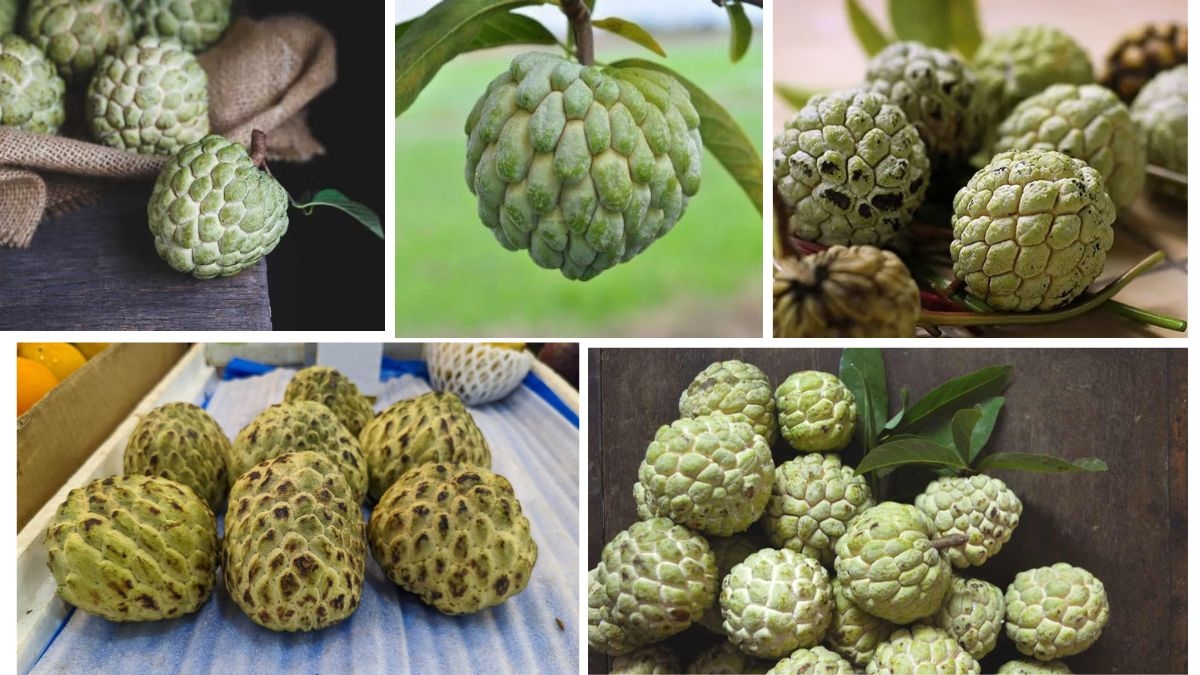

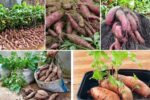



Leave A Comment